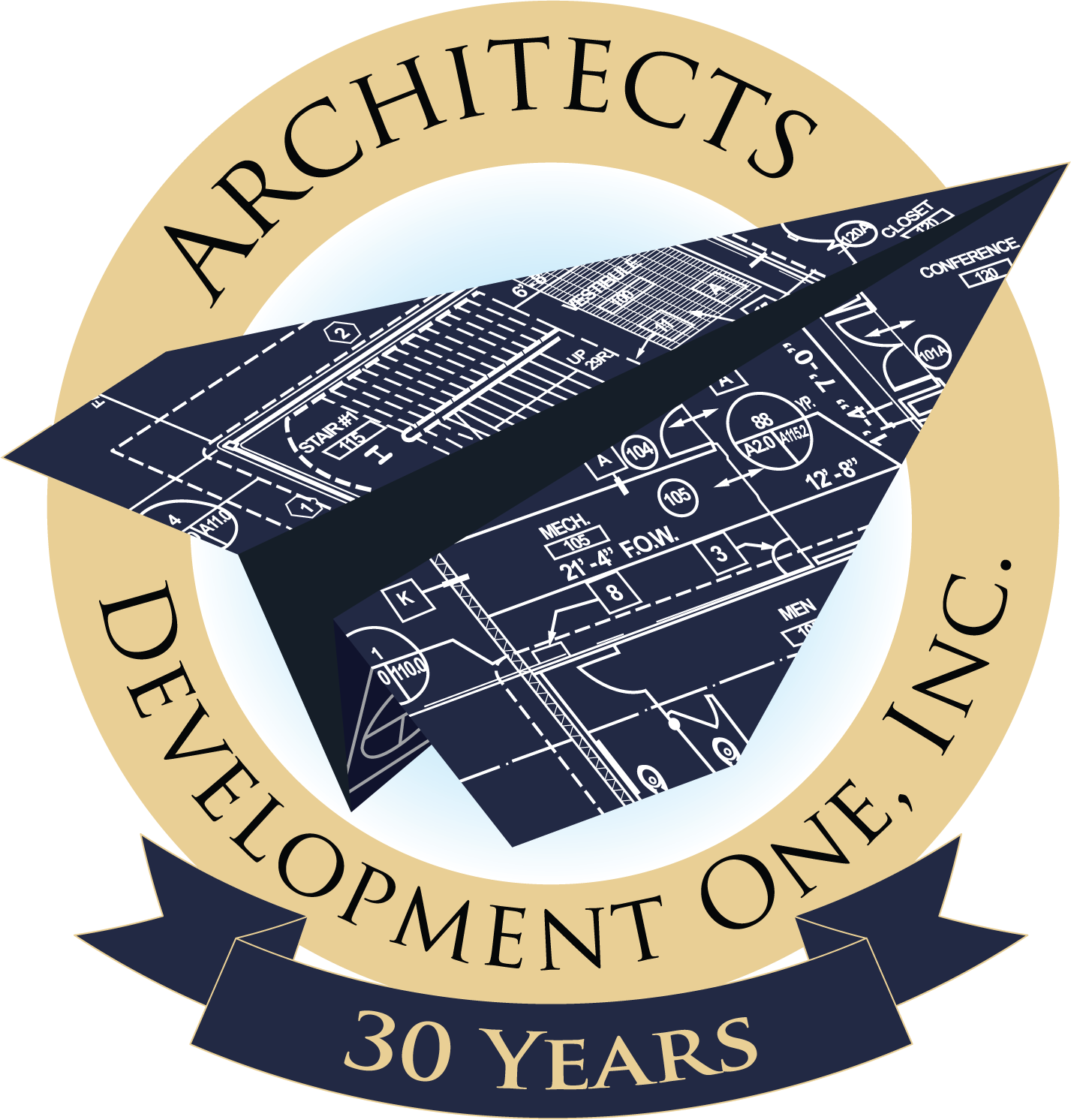Architecture Presentation Drawings That Sell Themselves
An architecture presentation is a standard part of every project. It is imperative that we are able to describe a building to our client. You know the saying, “A picture is worth a thousand words?” Those are words that we live by. We want to make sure that once we show the drawings to a client, we don’t have to say anything else. We want the drawings to sell themselves! Consequently, if we don’t spend the necessary time on a design we will have a hard time convincing the client that our design is right for them.
Drawings that Sell
In an architecture presentation, there are many different factors involved in development. First, we start off with a schematic. The quality of schematics has the potential for large rooms of variance. They can range from napkin types of sketches to two and three-dimensional drafts. Most graduates have the ability to draw a three-dimensional building by hand. Unfortunately, if you don’t practice this craft, you will lose it. You know what they say, “Use it or lose it,” right? Hence, it is important to be able to draw a sketch so that the client can understand the project’s vision. And unless you have the “gift of gab”, you will have a hard time selling that design.
Noteworthy Architecture Drawing Methods
Secondly, you must make sure that you are able to have that drawing sell itself. From there you can render the building by hand. Or you can develop it on a computer, which can create realistic renderings. That’s why they call it “photorealistic”, and these sell very well. There are a lot of tools out there that are computer driven, like Revit. The sad thing about this is that many of us learn how to create these images by hand. This allowed architects to showcase their individual style. Unfortunately, that is now a lost art, but there are a lot of us old architects that still believe in the old school architecture presentations.
Great Architects Tell the Full Story
What should clients look for in an architecture presentation? Yet another great question to consider. Almost all clients lack a preconception for what they desire. But, they should be able to expect a design comprised of drawings that tell a full story. What do I mean by full story? I mean that the client should be able to see at least a two-dimensional version of the plan. Therefore, you expect views from the top, bottom, and at different elevations. A three-dimensional version should include various images. Above all, the goal is to make the building appear from the client’s point of view. This is critical. These basics are what a client should expect from an architecture presentation. As a result, it should be the goal of the architect to exceed the client’s expectations. Consequently, they can increase a client’s confidence by presenting many possibilities for a project.




